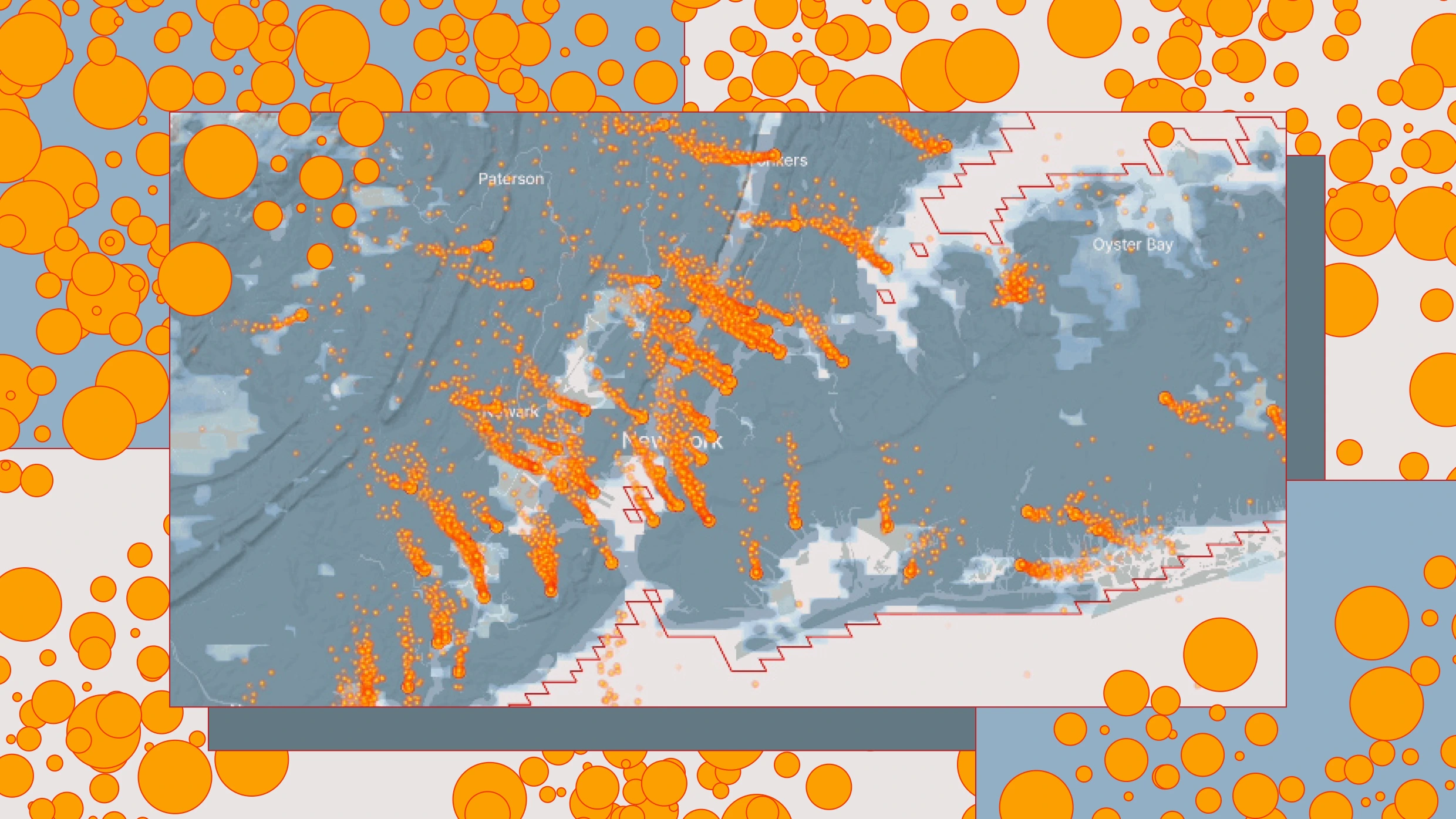Air pollution is not merely an abstract concept; it has tangible effects on communities, often manifesting in health disparities that disproportionately affect vulnerable populations. The challenge lies in understanding how pollution travels and impacts specific neighborhoods, which is crucial for effective policy-making and public health interventions. With the advent of advanced mapping tools, individuals can visualize the sources and pathways of air pollution, making the issue more relatable and urgent. This localized perspective empowers communities to advocate for cleaner air and hold polluters accountable, transforming abstract data into actionable insights that resonate on a personal level.
The introduction of innovative pollution mapping tools represents a significant advancement in environmental health awareness. By providing detailed visualizations of air quality and pollution sources, these tools enable residents to grasp the direct implications of pollution on their health and well-being. This enhanced understanding fosters community engagement and drives demand for policy changes aimed at reducing emissions. Ultimately, the ability to see the pollution narrative unfold in one's own neighborhood not only raises awareness but also galvanizes collective action toward sustainable solutions.








